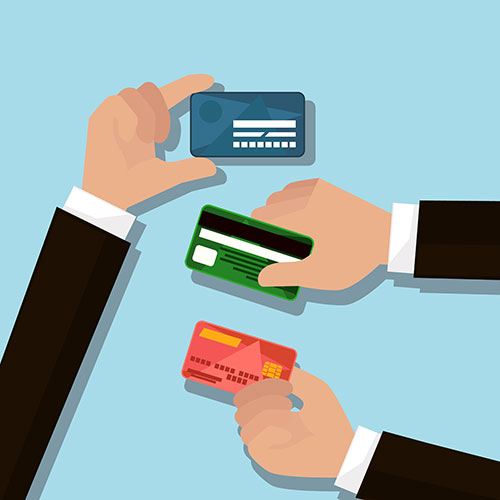Although they may seem similar, engraving and etching vary in their approaches and end results. Comprehending these procedures is very important for any type of business wanting to customize glass products.
Laser engraving usages concentrated heat to melt the micro surface of your material, producing recessed markings that withstand damages and can be reviewed under severe problems. It's ideal for things that need to be traceable, like industrial parts.
Appearances
Etching and inscribing both create durable, tactile designs that stand apart on the glass surface. They are optimal for jobs that call for an improved, classy look.
Laser etching can be made use of to inscribe glass, yet it calls for a safety coating or shield to prevent heat damage to the glass. A specialized spray or coating is available for this purpose and can be put on slim glass to minimize splitting or damages throughout the etching procedure.
It's likewise possible to etch glass by hand using a rotary tool. This technique is time-consuming and labor-intensive, but it can produce top quality results when performed correctly. Be sure to wear safety and security equipment like safety glasses and a respirator mask to shield on your own from dirt and debris. You can start by drawing your design on the glass with a pen, after that put the rotary tool and gradually follow your style to etch it into the glass. After the engraving is complete, delicately get rid of any kind of staying dust or residue.
Versatility
The engraving procedure supplies a variety of applications for glass items. It is extremely flexible and can be used on different products and densities of glass. It is likewise extremely accurate and produces thorough, high-contrast layouts on the glass surface area. It can be utilized on both flat and curved surface areas.
Glass inscription is a prominent choice for glass products like bottle, building partitions, and day spa decor. It generates a soft and subtle layout that is not as obvious as etching, making it an exceptional choice for ambient visual appeals.
To reduce warmth anxiety on thin glass, use a safety material like masking tape or a damp paper towel to the surface before laser engraving. This soaks up and distributes laser energy to lower local heating and prevent fracturing. Additionally, covering the glass with a light cleaning agent or dishwashing soap can likewise be an effective pre-coating. Simply keep in mind to cover only the laser-contacting face of the glass with these moisture-absorbing pre-treatments.
Longevity
Laser glass inscription creates deep, irreversible markings that are durable and aesthetically striking. It's perfect for imaginative or light industrial purposes that require a sleek look. Inscription needs accurate and regulated handling of the glass to avoid heat damages and cracking. Slim or delicate glass can be more prone to the high-contrast effects of laser inscription, making it essential to monitor the procedure closely for signs popular shapes for engraving of getting too hot and breaking.
Engraving uses a diamond-tipped device to cut into the surface of the glass, creating a distinctive mark that's less aesthetically striking than laser etching. It's a common selection for applications where a frosted result is chosen, such as decorative glass home windows and customized presents. Like laser engraving, etching is highly exact and perfect for logo designs and other thorough imagery. Evergreen Glass makes use of cutting edge laser tools calibrated for optimum performance to attain etching and etching with phenomenal accuracy. For added comfort, our machines include integrated security attributes that guarantee secure operation.
Price
Glass etching involves making use of chemical services to develop a design. While this method is not as precise and effective as laser etching, it is still an excellent option for artisanal glasswork, which can be a wonderful method to boost a special event present or commemorative item.
For the best results, it is necessary to evaluate an example piece of glass before using any etching creams. Various types of glass might respond differently to the chemicals. Some will certainly engrave extremely swiftly while others might take much longer. In many cases, a piece of glass may also fail to etch in any way!
Laser engraving includes making use of a computer-guided system, commonly referred to as a CNC (Computer System Numerical Control) equipment, to direct a concentrated laser light beam at the surface of the glass. This process needs a top-level of technical skill and creative thinking. It is an efficient means to inscribe elaborate patterns on massive tasks with high levels of precision.
